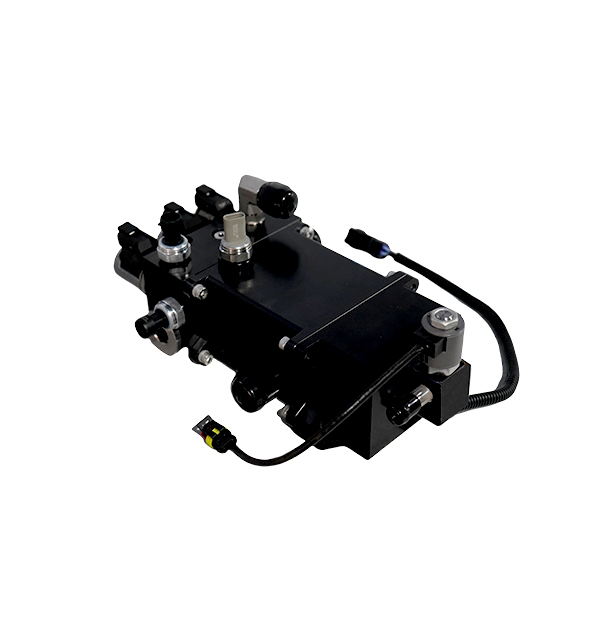How Does the Hydrogen Circulation System of Fuel Cell Vehicles Prevent Hydrogen Leakage?
I. Multi-Layer Sealing System Design
Hydrogen-Resistant Material Selection
High-Performance Seals: Adopt PTFE (polytetrafluoroethylene) or ETFE-lined seals with extremely low hydrogen permeability (permeation rate ≤1×10⁻⁷ cm³/(cm·s·Pa)), compliant with ISO 15848-1 standards for hydrogen service.
Metal Sealing Solutions: Use welded metal gaskets (e.g., copper or 316L stainless steel) in high-pressure sections (≥70MPa) to eliminate permeation paths, achieving bubble-tight sealing (leakage rate ≤10⁻⁹ mbar·L/s).
Dual-Stage Sealing Structures
Primary-Secondary Seal Configuration: Install primary PTFE and secondary NBR seals in flanged connections, with a pressure monitoring cavity between them. If hydrogen leaks into the cavity, a pressure sensor triggers an alarm (set at 0.1MPa).
Metal Bellows Seals: Apply bellows seals in dynamic components (e.g., hydrogen pump shafts) to convert radial movement into axial expansion, maintaining sealing under vibration (leakage rate ≤10⁻⁸ mbar·L/s).
II. Leakage Detection and Emergency Response
Multi-Point Sensing Networks
Hydrogen Sensors: Deploy ultra-sensitive sensors (detection limit ≤10ppm) at key points:
Fuel cell stack inlets/outlets, hydrogen tank valves, and pipeline joints.
Under-floor compartments and passenger cabins for real-time concentration monitoring.
Data Fusion Technology: Integrate sensor data with vehicle CAN bus signals (speed, acceleration) to distinguish between normal operation and leakage (response time ≤50ms).

Emergency Shutdown Systems (ESD)
Hierarchical Shut-off Logic:
Level 1: When hydrogen concentration reaches 2% LEL (Lower Explosive Limit), activate audible-visual alarms and reduce stack power.
Level 2: At 4% LEL, automatically close main hydrogen valves (response time ≤1s) and trigger parking brakes.
Fail-Safe Valves: Use spring-closed solenoid valves (power-off closure) with EN 16129 certification for hydrogen service.
III. Pipeline and Component Optimization
Hydrogen-Specific Pipeline Design
Smooth Bending Radius: Maintain a bending radius ≥5D to avoid stress concentration, with electropolished inner surfaces (Ra ≤0.8μm) to reduce hydrogen adsorption.
Leakage-Resistant Joints: Adopt orbital welding for stainless steel pipelines (316L) and flared connections for composite pipes (e.g., CFRP), tested at 1.5× working pressure for 30 minutes.
Component Surface Treatment
Anti-Embrittlement Coatings: Apply nickel-phosphorus plating (Ni-P) on valve bodies and fittings to prevent hydrogen embrittlement, with coating thickness ≥20μm and porosity ≤1%.
Hermetic Enclosures: Seal electrical components (e.g., hydrogen pump controllers) in IP6K9K-rated casings, filled with nitrogen to create positive pressure (50mbar) against hydrogen ingress.
